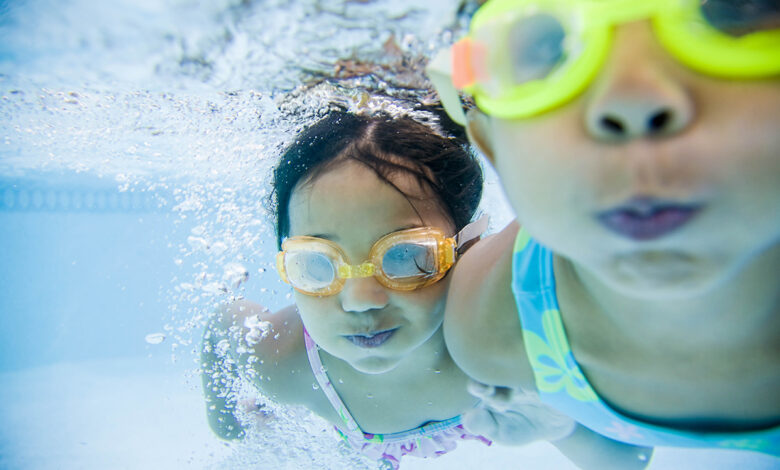Understanding dry drowning

Summer fun is punctuated by afternoons spent in the pool or diving through the waves of the ocean. With swimming being such a large part of warm weather recreation, people of all ages have acclimated themselves to drowning prevention measures. While most people are familiar with the risks of drowning, they may have heard misinformation about conditions known as dry drowning or secondary drowning.
Dry drowning and secondary drowning can occur after a person has exited the water, which only heightens the fears associated with each condition. Misinformation may have spurred many of those fears.
The American Osteopathic Association says that, although rare, dry drowning and secondary drowning can occur anytime up to 24 hours after a person stops swimming. Dry drowning occurs when a person, typically a child, inhales water through his or her nose or mouth. This water then triggers a spasm in the airway, causing it to close, and can impact breathing. Secondary drowning happens when swimmers have taken water into the lungs. WebMD says this water can irritate the lining of the lungs and lead to fluid buildup. This is a condition called pulmonary edema.
Dry drowning and secondary drowning can be dangerous, but the conditions are uncommon. Florida Hospital Tampa advises that these events make up between 1 and 2 percent of all drownings, and symptoms tend to show themselves by way of coughing, chest pain, trouble breathing, and feeling extremely tired. A child dealing with dry or secondary drowning also may experience irritability or a drop in energy levels because his or her brain is not getting enough oxygen.
Dr. Katherine H. Hensley, MD, FAAP, a physician at Driscoll Children’s Hospital, says dry drowning, or what is more accurately known as “drowning with delayed mortality,” since dry drowning and secondary drowning aren’t medical diagnoses, is overblown. Symptoms after a drowning incident or water inhalation rarely progress to death. It’s also important to note that swallowing water, in which water goes the route of the esophagus and digestive tract, is very different from aspiration, which occurs when water enters the trachea and lungs.
Children who swallow water and do not have an aspiration event with coughing, sputtering and an inability to recover quickly are fine to return to the water whenever they want. Those who aspire water and have continued symptoms later in the day require an emergency medical checkup, says Dr. Hensley.
Summer fun seekers needn’t get overly distressed about dry and secondary drowning. However, the key to preventing any drowning is supervision while in the water and getting prompt medical attention if an aspiration event occurs.
“The American Osteopathic Association says that, although rare, dry drowning and secondary drowning can occur anytime up to 24 hours after a person stops swimming.”




